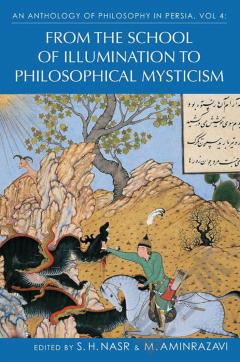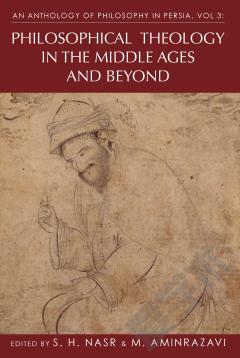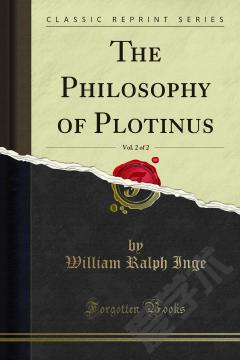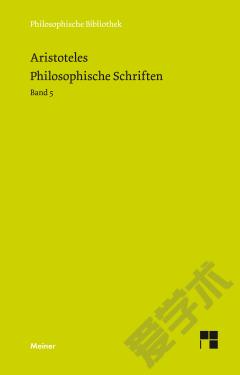An Anthology of Philosophy in Persia, Vol. 5
Persia of the few civilizations in the world that has had a continuous tradition of philosophical thought lasting more than two and a half millennia. From the time Zoroaster brought the Gathas, the sacred scripture of Zoroastrianism, until today, it has had a philosophical tradition comprising diverse schools and various languages including Avestan and Pahlavi as well as Arabic and Persian. The West has seen surveys of Persian art and anthologies of Persian literature, but thfirst to present a millennial tradition of philosophy in Persia in the form of translated selections and introductory sections fand figure. Existing translations have been used where possible bselections have been newly translated for thwith texplanatory introductions, makes possible an intellectual journey into a philosophical continent much of which has been uncharted for Westerners until now. The fifth and final volume of An Anthology of Philosophy in Persia deals with some seven centuries of Islamic thought stretching from the era following the Mongol invasion to the end of the Qajar period.Organized around the cities which became the main centres of philosophical activity during this long period, the volume is divided into three partof Shiraz', whose importance not only for Persia but also for Ottoman Turkey and Muslim India is only now being recognizeof Isfahan', which marks the integration of some eight centuries of Islamic thought and culminates with Mulla Sadra; and finalof Tehran', where traditional philosophy first encountered modern thought in Persia, bringiinto present times.
{{comment.content}}








 京公网安备 11010802027623号
京公网安备 11010802027623号